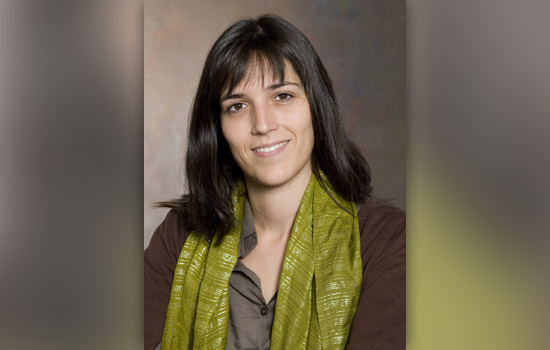RIT named CUDA Research Center
Research will focus on using parallel computing platform for modeling medical applications and improving computer memory structures
Sonia Lopez Alarcon
Rochester Institute of Technology was recently named a CUDA Research Center by international technology company Nvidia Corp. It is one of eight international universities receiving the designation for the 2012–2013 academic year.
Nvidia Corp. developed compute-unified device architecture, also referred to as CUDA, a parallel computing architecture that increases computing performance by harnessing the power of graphics processing units, or GPUs. Using this type of technology, computers process complex data problems in science, engineering and medicine faster through increased power and workload efficiencies.
The Research Center designation was awarded to RIT’s computer engineering department, part of the Kate Gleason College of Engineering. As a CUDA Research Center, faculty and students are able to use the newest models of Nvidia’s CUDA architecture-enabled GPUs to further current research and to test the system as a way to improve its capabilities. The department will receive Nvidia’s latest Kepler architecture models to use in several research projects under way, and to train current undergraduates and graduates in use of the advanced processing platform.
The department is working on acceleration of patient-specific modeling applications, using the GPU to monitor and assess heart movement, for example, a process that is important for medical diagnostics, says Sonia Lopez Alarcon, assistant professor of computer engineering. She proposed the department as an Nvidia research center and will both administer the center’s initiatives and act as liaison between RIT and Nvidia.
Her research team has collected and processed data in hours that had previously taken days to complete. Additionally, the project team will collaborate with Nvidia, working on improvements to the hardware as part of research center activities.
In January 2012, the department was also named a CUDA Teaching Center, recognized for integrating high performance computing techniques into its undergraduate and graduate computer science curricula. The university received textbooks, software licenses, and NVIDIA CUDA architecture-enabled graphics processing units for teaching-lab computers.
“We are happy to continue our relationship with Nvidia and participate in research using the CUDA architecture,” Lopez Alarcon adds.














